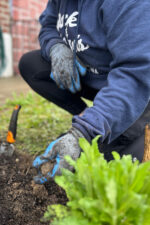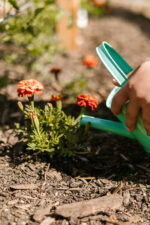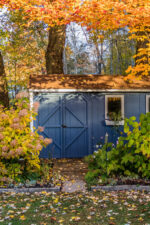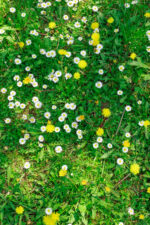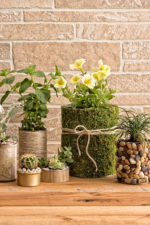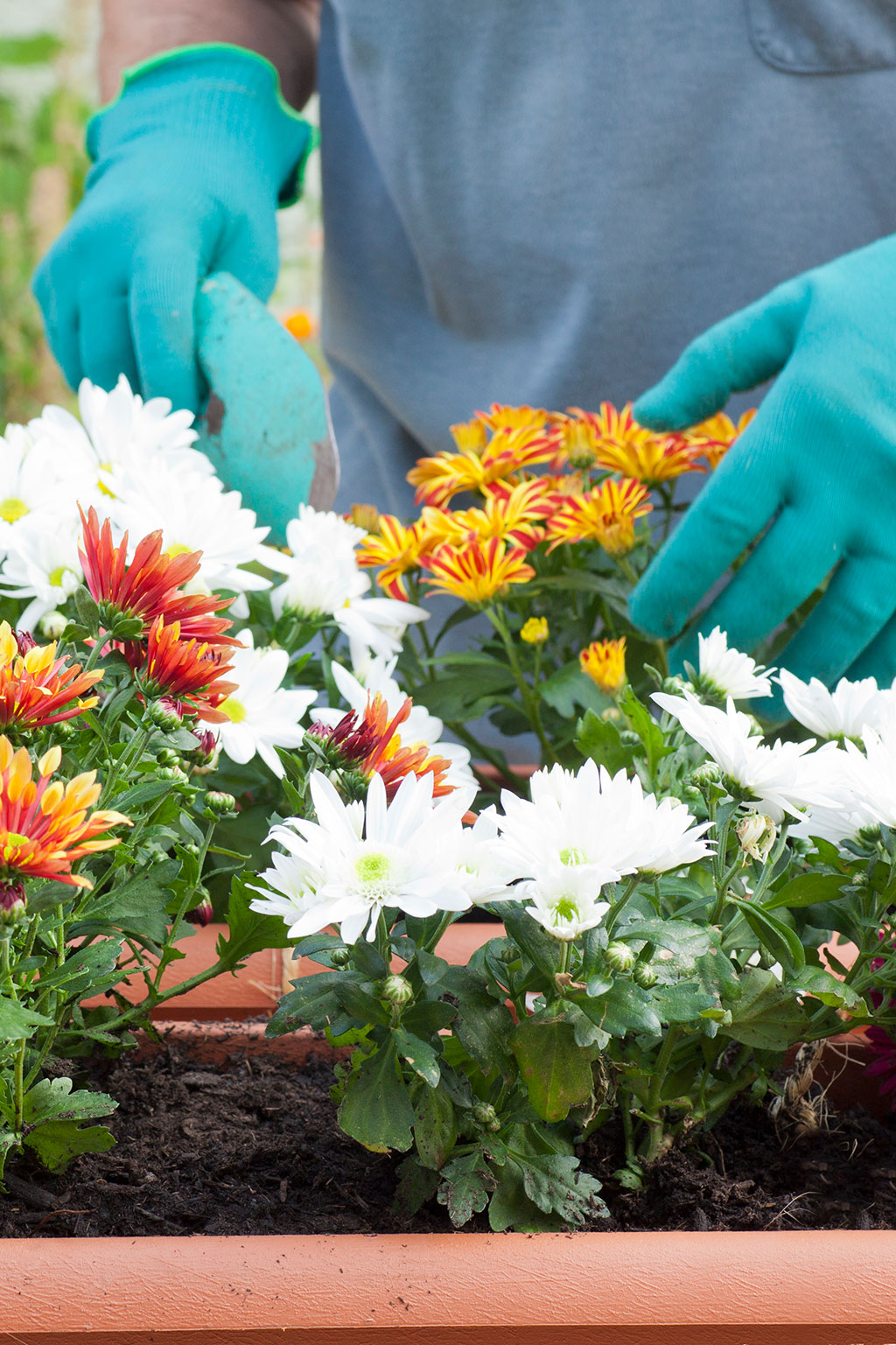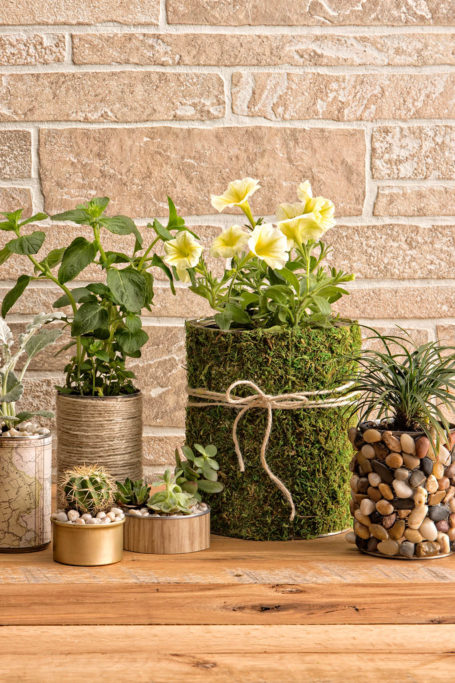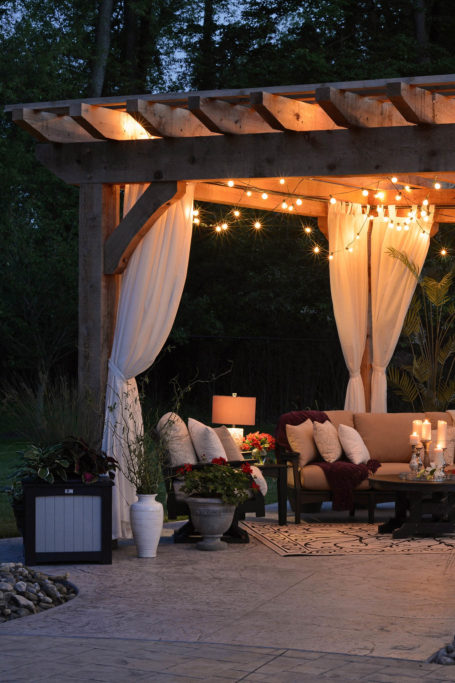Fall Colors for Your Garden
Autumn is perhaps most anticipated for its warm color scheme: delightful shades of orange, red, and yellow that decorate the trees as well as your holiday table.
But did you know that you can also transform your garden to match this comforting palette? Follow this guide to fill your landscape with warm hues and fully embrace the season.
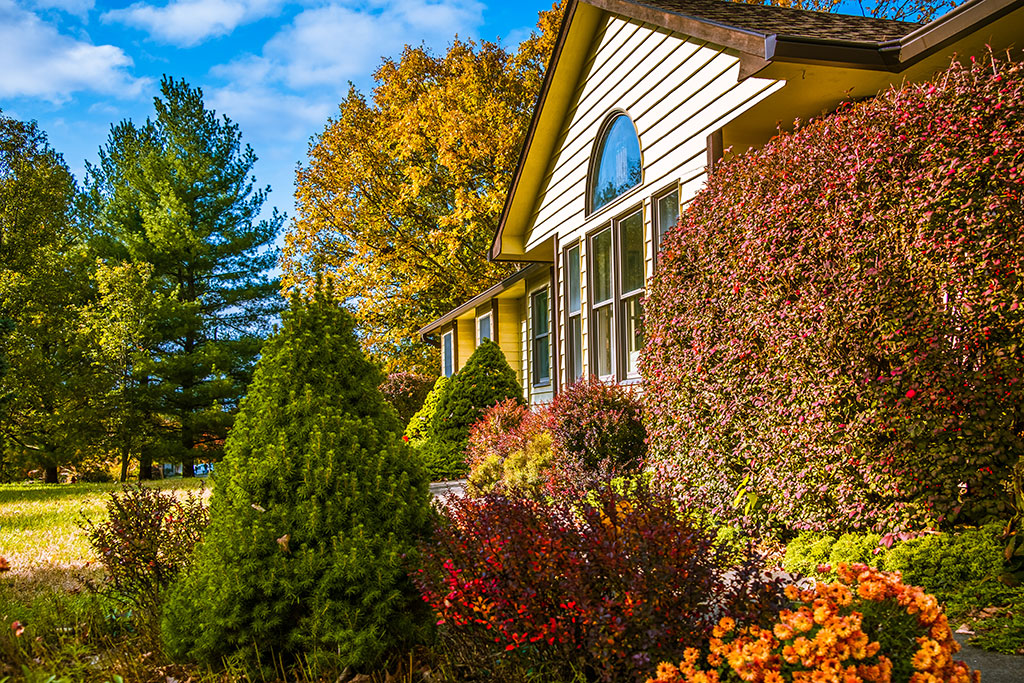
Determine your hardiness zone
For plants to thrive in your yard without meticulous care—and sustain their good looks next year—they need to be “hardy.” This term refers to a plant’s tolerance to local climate conditions, including temperature, rainfall, and soil quality. For example, if you plant lovely red Drummond phlox flowers, which are native to the South, in a northern climate with cold fall nights, they may droop by sunrise. Use the USDA’s Plant Hardiness Zone Map to identify your specific zone number, then shop for plants with the same number on their tags to ensure you find species that will thrive in your yard. And make sure to keep these tags after planting, as they can offer species-specific advice for tasks like fertilizing and pruning.
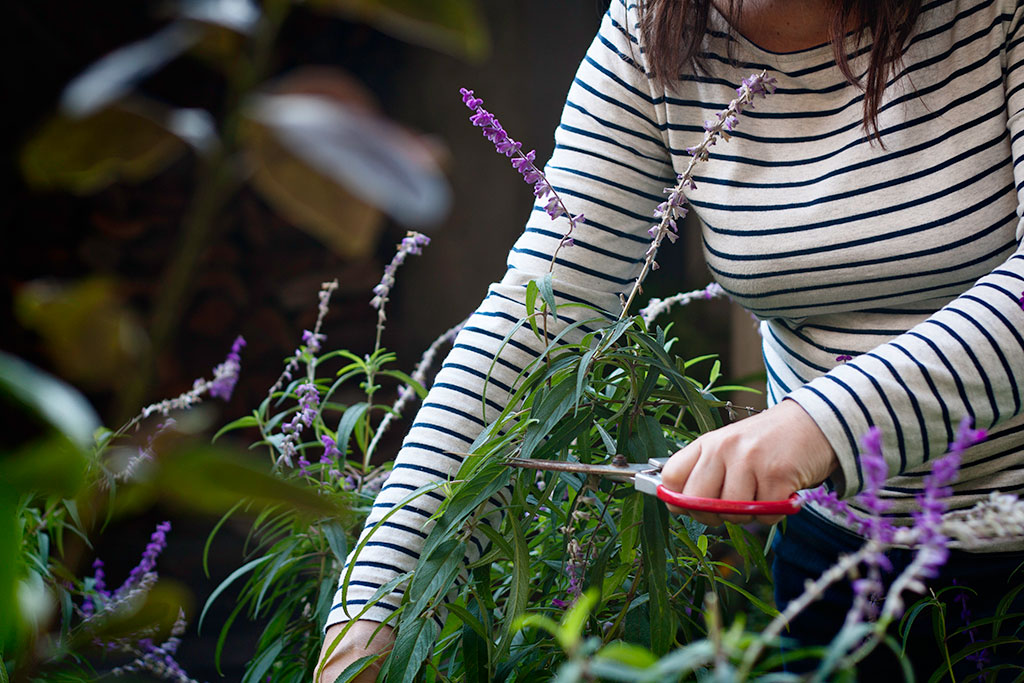
Find your fall foliage
The following hardy plants burst forth with beautiful fall colors when grown in the appropriate environment.
Chrysanthemum (zones 5–9)
Also known as mums, these dramatic flowers are common autumn houseplants. However, when you choose the right variety and give them proper care, they can become permanent fixtures in your garden too. Select perennials like football mums, which are among the hardiest, and plant them early in fall so their roots have time to set before the frost. If you live in a cold climate, coat their soil with a dense layer of mulch as well. As long as you pick a spot where they’ll get plenty of sun, use rich, well-drained soil, and provide ample water, they’ll light up your garden with breathtaking late-fall blooms.
Goldenrod (zones 2a–8b)
These fragrant and colorful bouquet staples are also fall garden essentials; their small yellow petals dotted on long leaves can elevate any landscape’s color palette. Hardy goldenrods bloom from summer through fall and can tolerate many different growing conditions, including poor soil and full sun. There are many varieties to choose from, but because most are native to North America, just about any can lend a glimmering touch to your garden.
Mexican bush sage (zones 9–10)
Colorful shrubs of this species decorate gardens with their long, lavender-like flowers and full, mint-green leaves. Native to warmer climates, Mexican bush sage can add bright color to areas of the country that may not normally enjoy fall foliage. Best of all, they will bloom again in spring. Plant these shrubs in well-drained soil under the shade of tall trees, and watch as pollinators flock to your garden.
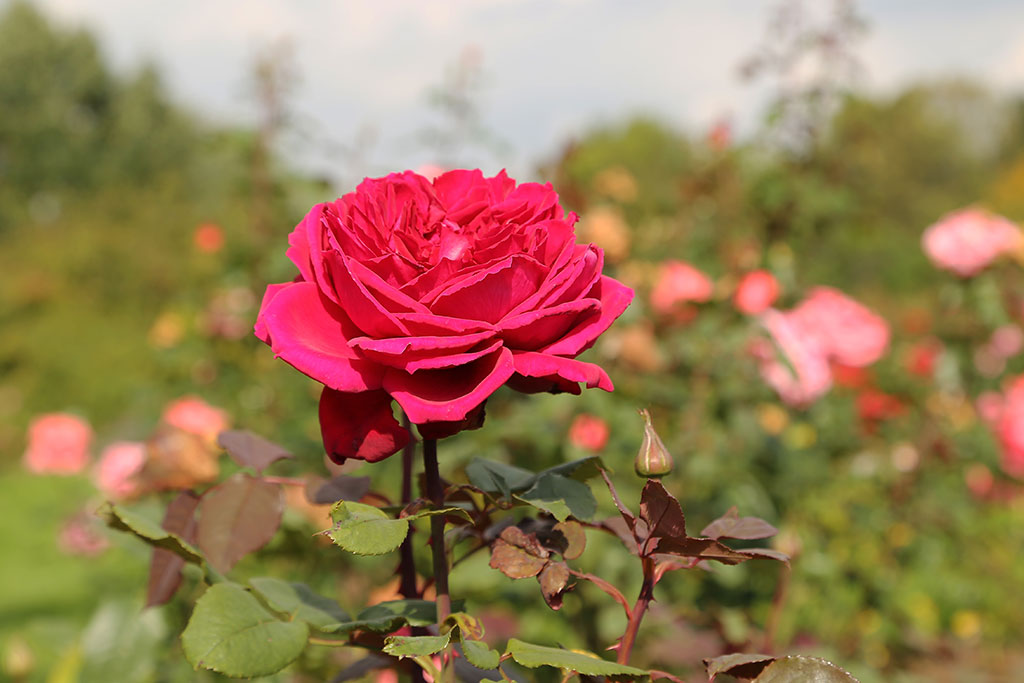
Rose (zones vary)
While they’re typically thought of as a summer flower, some species of roses actually bloom in autumn. Floribunda roses, which flourish in zones 4 through 8, offer delightful yellow petals this season, while the “Mister Lincoln” hybrid tea rose produces iconic red flowers year-round in zones 5 through 10. Some of the most drought-resistant varieties include Joseph’s coat climbing roses, which thrive in zones 10 and 11. Grow these worldwide-favorite flowers as vines, shrubs, or even ground cover to create a spectacle of blooms in dynamic fall shades.
Seasonal squash (zones vary)
Autumn is closely associated with comforting holiday foods, many of which you can grow in your own garden. Spaghetti squash, for example, produces a plump, edible, yellow harvest in fall as well as broad pointed leaves along their vines. Varieties of pumpkins, meanwhile, yield a classic orange harvest under full, elephant-ear-like foliage. There are different varieties of each plant for different zones, but all tend to prefer warm soil and full sun. They need at least ninety days to harvest, so consider taking home a mature potted plant to ensure an autumn return. When cultivated carefully, these fruits—yes, fruits—will lend scrumptious appeal and attractive coloring to your home garden.
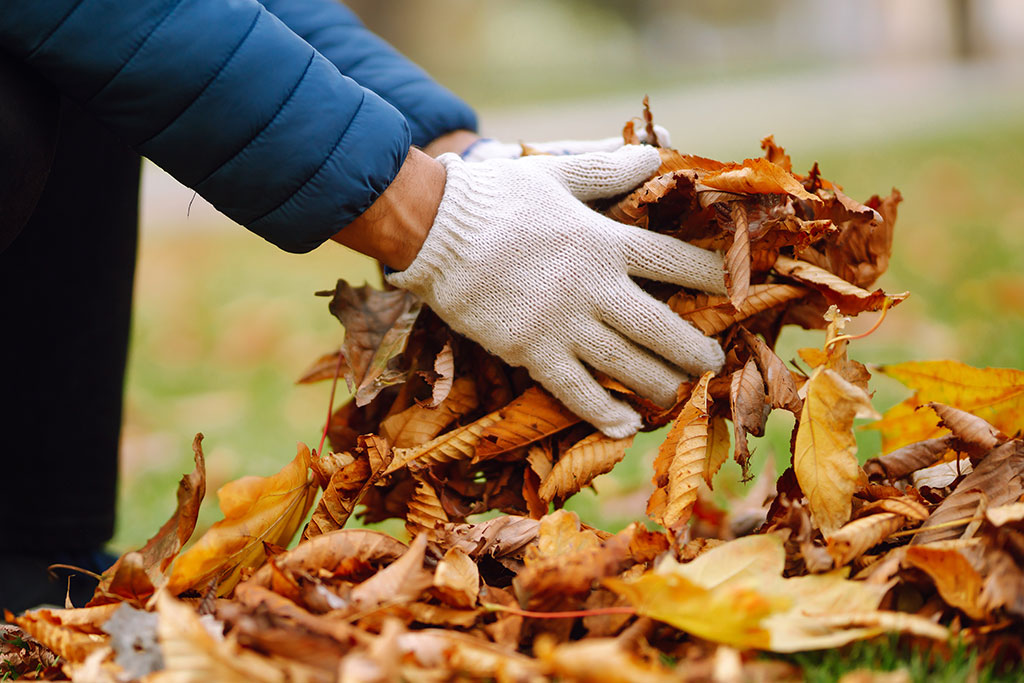
Repurpose fall leaves
Ask anyone what autumn looks like, and crisp fallen leaves may be the first image they recall. Raking these little delights is often a necessary chore to protect your lawn and grant it sun, but did you know that they also make excellent mulch? A two-to-three-inch layer of leaves can keep roots warm, lock in moisture, prevent weeds, and even provide shelter to pollinators, which are every gardener’s best crew of landscapers. Shred the leaves with a mulcher or by hand (for small plant beds) to help them biodegrade quicker.
Upgrade, don’t uproot
As you plan your fall garden foliage, resist the urge to dig up all your out-of-season plants. Spring perennials won’t be quite as appealing in September as they were in May, but if you outright replace them, you might find yourself similarly disappointed when spring rolls around again. For best results, balance your garden with plant life that blooms throughout the seasons, and favor plants that grow attractive leaves and stems year-round. The ones in this guide feature delightful colors and textures, so even when they aren’t in peak season, they’ll still look pretty darn good.
For more info, visit planthardiness.ars.usda.gov


